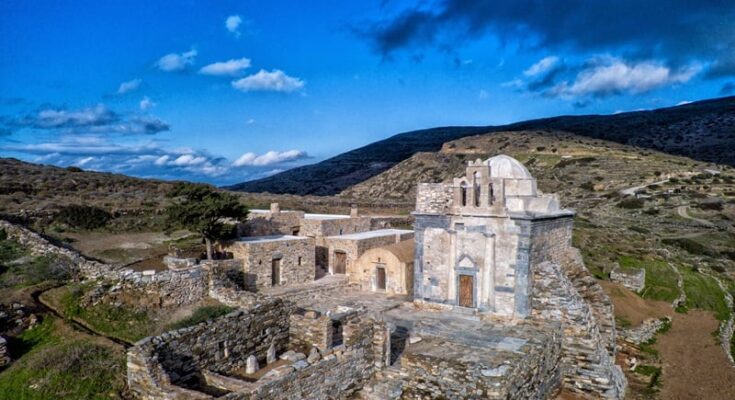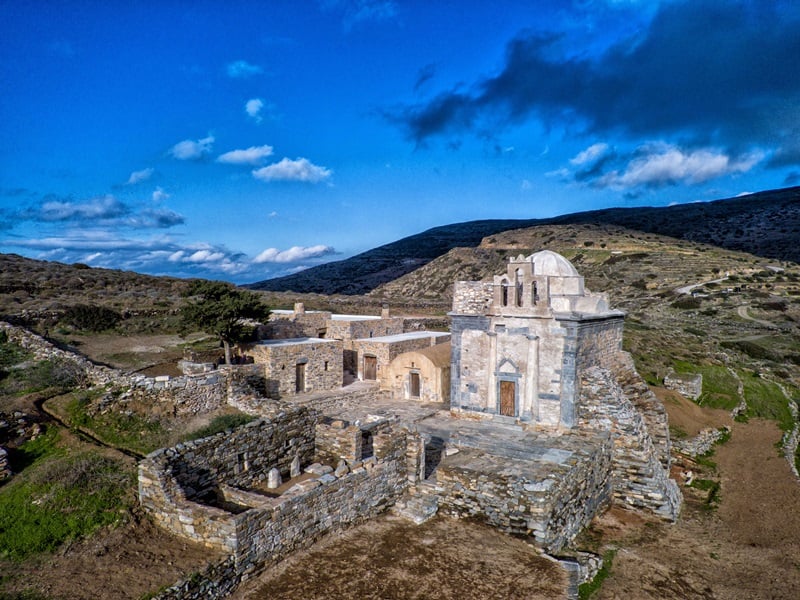
The monument of Episkopi on Sikinos, one of the smaller islands of the Cyclades, is a mausoleum from Roman times that was rebuilt in the 3rd century AD. and has been preserved until today almost intact due to its conversion into a Byzantine church with uninterrupted use.
The ancient monument survived through the Middle Ages and in modern times, with all the additions preserved nearly intact.
After surviving destructive earthquakes and interventions, the monument was abandoned in the 20th century. Greece eventually decided to restore it in 2016 and return it to public use.
The monument’s restoration was of particular scientific importance. “On the one hand because the remote location of the monument and its state of disrepair made the restoration work itself a big challenge,” said Dimitris Athanasoulis, head of the Cyclades Ephorate of Antiquities.
“On the other hand, because the interventions in Episkopi yielded valuable archaeological information on the monument’s history which is a palimpsest of Greek history from antiquity to the present, of Sikinos and the archipelago in general.”
After its restoration the monument was among the winners of the 2022 European Heritage Awards, as it was announced by the European Commission and Europa Nostra.
The intact grave of a rich woman unearthed on Sikinos’ monument
In 2018, during restoration efforts, the hermetically sealed and intact grave of a higher-status woman named “Neiko” was unearthed.
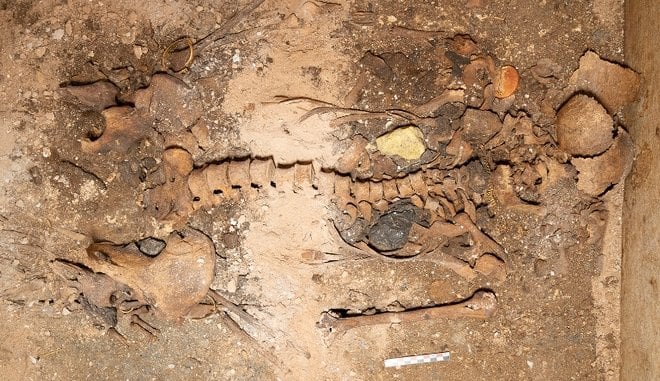
“The wealth of jewelry worn by the woman betrays that she was a prominent figure in Sikinos society,” the Culture Ministry said in an announcement on the discovery.
Archaeologists found golden wristbands, rings, a necklace, a buckle with embossed chamomile, along with glass and metal vases, as well as fragments of the costume of the dead.
“We were unexpectedly lucky,” Director of the Ephorate of Antiquities of Cyclades Dimitris Athanassoulis told Reuters at the time. “This is Neko’s mausoleum.”
“It’s very rare. A monument, one of the Aegean’s most impressive, has got an identity,” he added. “We now have the person for whom the building was built, we have her remains, her name.”
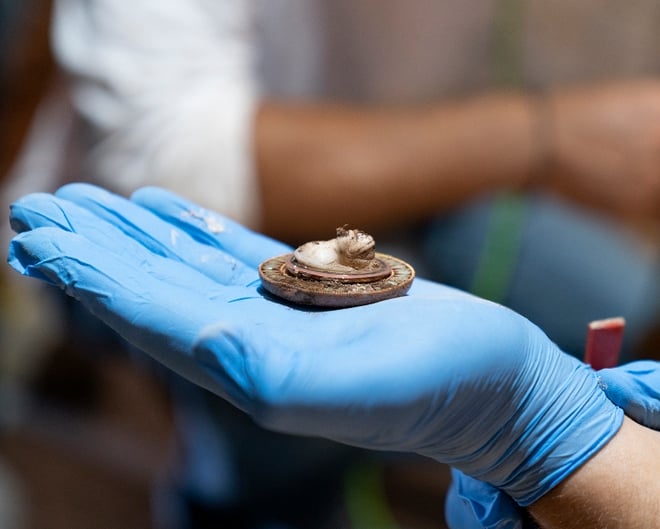
Recently, Greek archaeologist Polina Sapouna Ellis told The New York Times that the discovery of the remains of women still wearing their prized jewelry is what moves her most.
“I’d see corpses wearing gold jewelry, and you’d realize the importance of jewelry to them. It was like a part of the body,” she said. “Gold is precious; it’s durable. Gold is what survives.”
The restoration project also revealed valuable inscriptions and frescoes from the Roman and Byzantine eras. It “combined meticulous research with cautious conservation, resulting in a high-quality restoration project,” the award citation said.
“This project combined meticulous research with cautious conservation, resulting in a high-quality restoration,” it was said. “The monument of Episkopi is a cultural landmark and a source of pride for this small island community.”
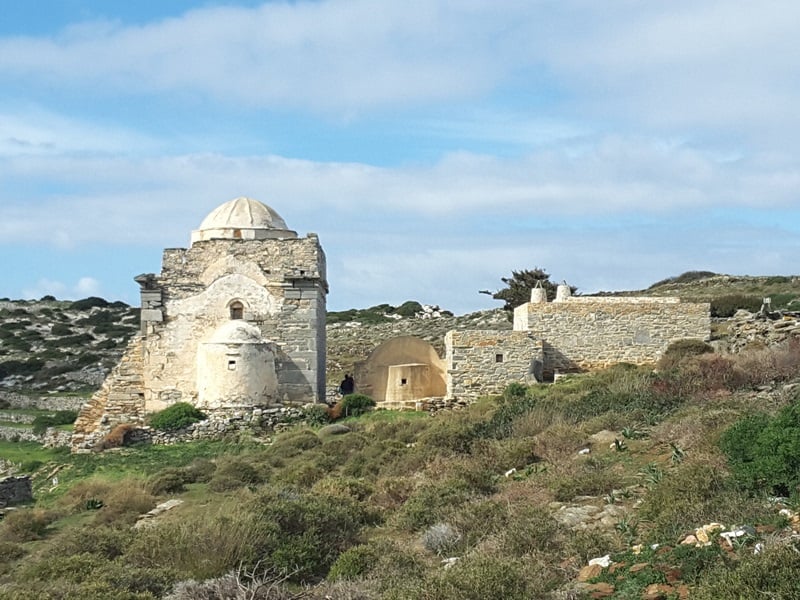
“Building materials were reused as much as possible and new masonry was incorporated using locally collected stones,” said the award jury. “The combination of architectural elements of a Roman mausoleum in a Byzantine church forms a unique monument that is simply striking.”
Sikinos, the small island of the Aegean
Sikinos (ancient Oinoe or Oenoe) is one of the smaller islands of Greece, located in the southern part of the archipelago between Ios and Folegandros. It has a population of 273. The southern side has gentle terrain while the north-west has a steep cliff of 280 meters (918 feet) in height atop of which the town was built.
Archaeological remains found on the island show that it has been inhabited since prehistoric times. Its first inhabitants arrived on the island in the Mycenaean period, later being populated by the Ionians.
